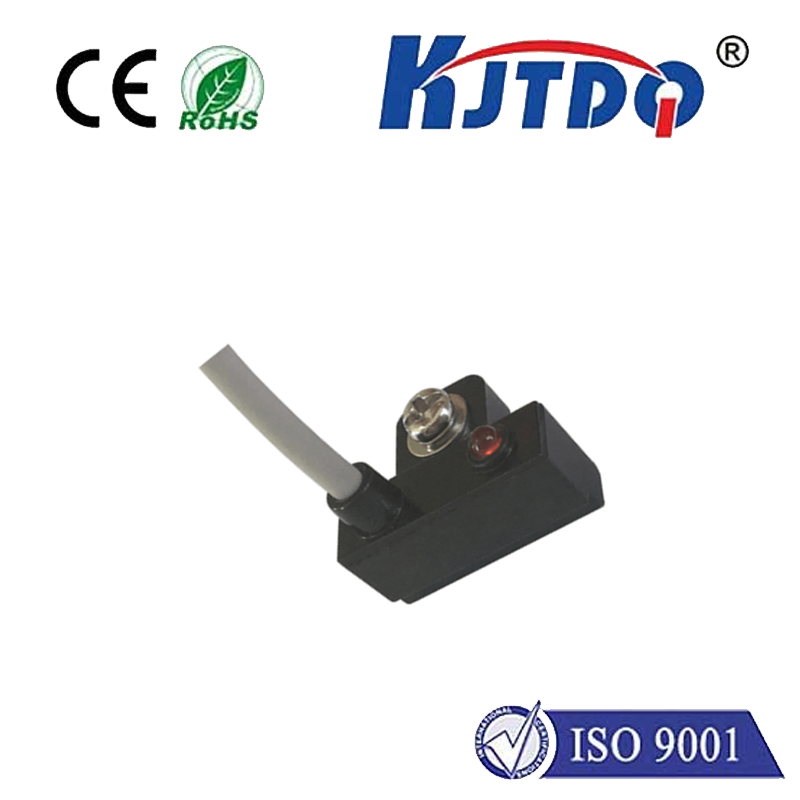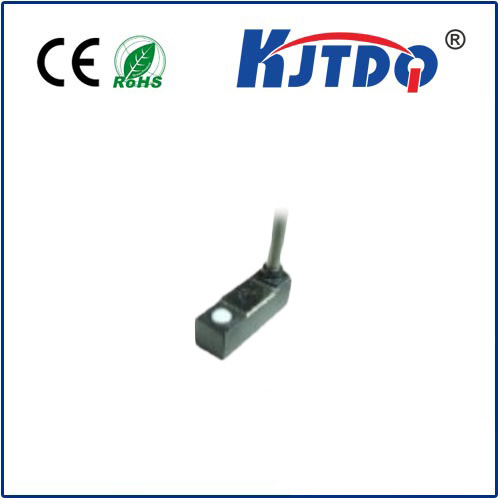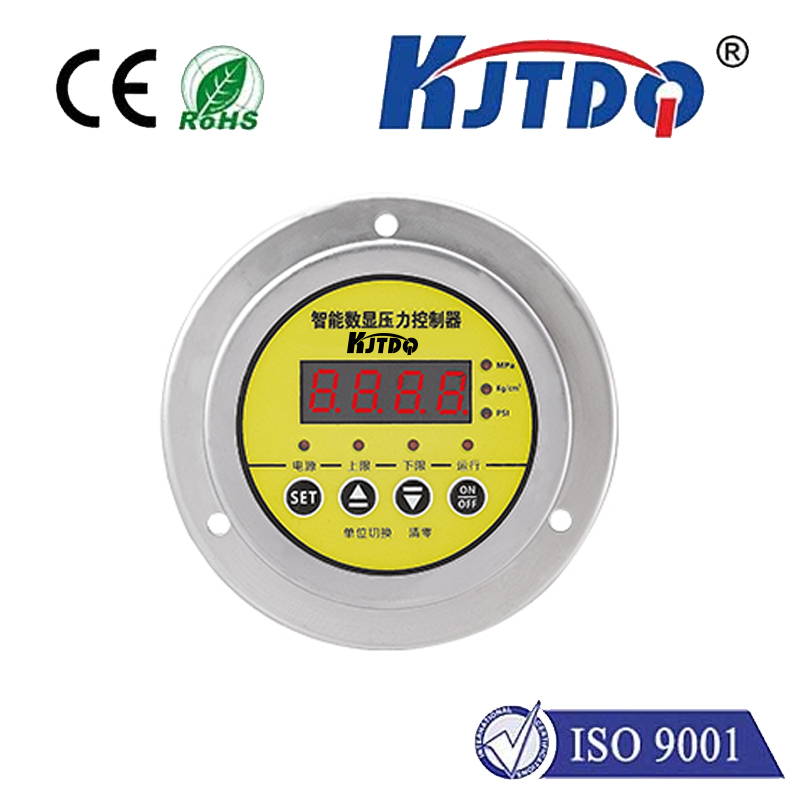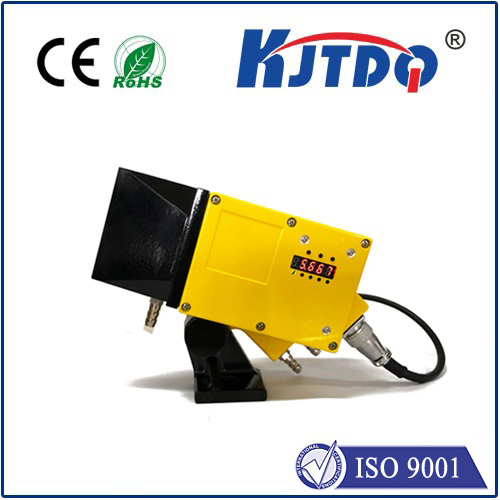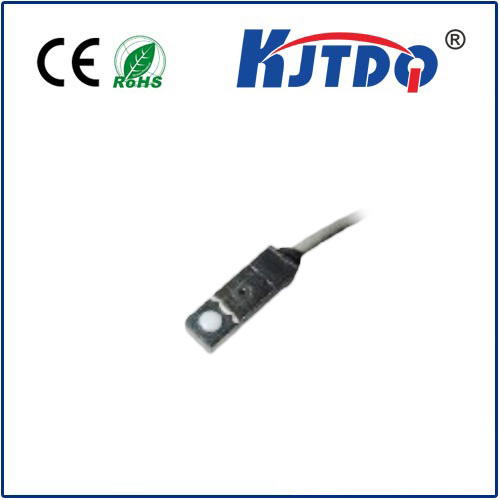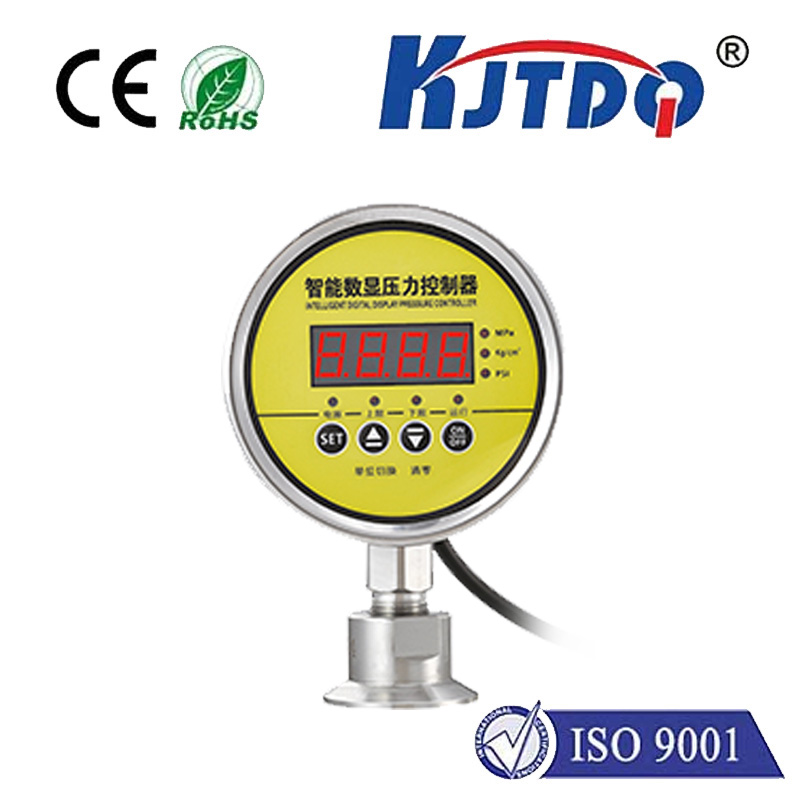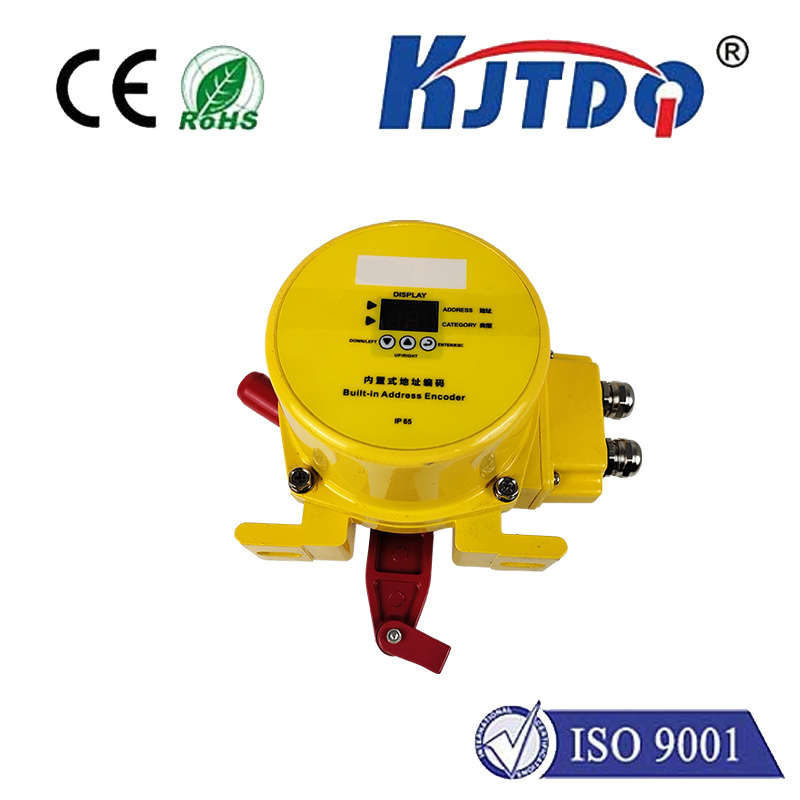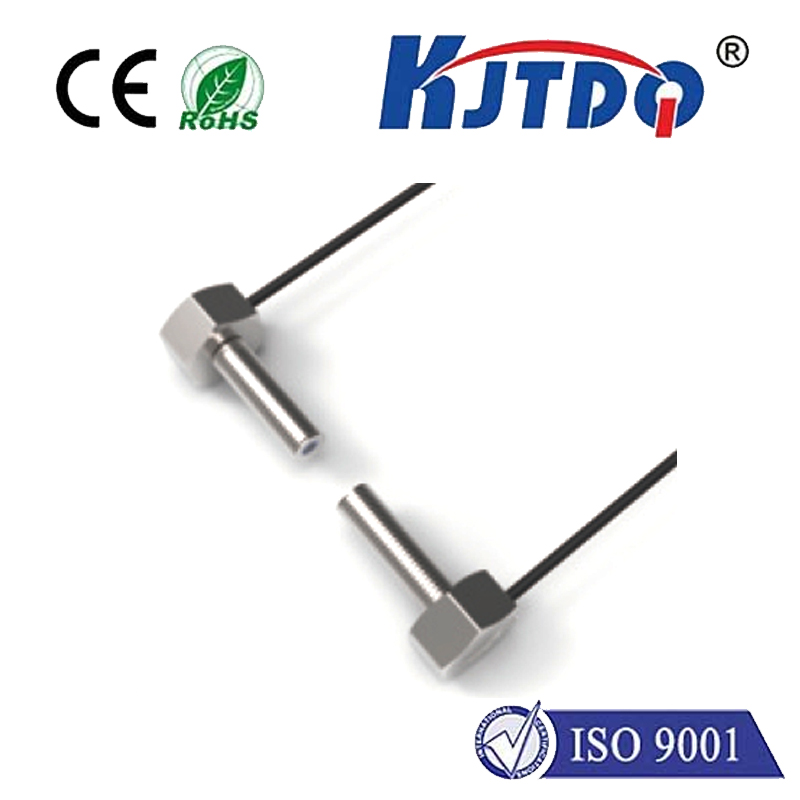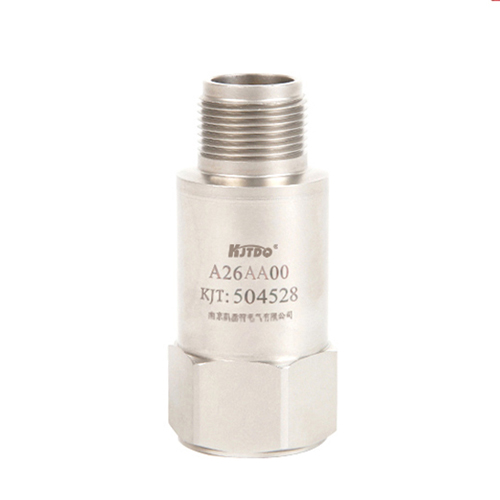

check

check

check

check

check

check

check

check

check

check
When it comes to maintaining peak performance in industrial machinery, precise alignment of belts and conveyor systems is crucial. One tool that has become indispensable for ensuring this alignment is the NSR66-BM3 Belt Alignment Switch. This device plays a pivotal role in maximizing efficiency and minimizing downtime in various industrial applications. But what exactly is the NSR66-BM3 Belt Alignment Switch, and how does it function? Let’s delve into its details, significance, and operational mechanism.
The NSR66-BM3 Belt Alignment Switch is an advanced sensor designed to detect misalignment in belt conveyor systems. Its primary function is to monitor the position of the belt and ensure it remains centered within its designated track. By doing so, it prevents potential issues such as belt damage, spillage, and inefficiencies that can arise from improper alignment.
Belt alignment switches like the NSR66-BM3 are critical in industries where conveyor belts are extensively used. These switches help maintain the integrity of the belt by preventing deviations that could lead to costly repairs or production delays. In environments where time is money, ensuring proper belt alignment translates to seamless operations and increased lifespan of equipment.
The NSR66-BM3 stands out due to its innovative features tailored to meet high-performance requirements:
Enhanced Accuracy: The switch provides precise detection, ensuring that even minor misalignments are corrected before they escalate into major problems.
Durability: Built with robust materials, the NSR66-BM3 can withstand harsh industrial environments, making it suitable for heavy-duty applications.

Easy Integration: Its design enables straightforward installation and integration with existing conveyor systems, allowing for quick deployment.
Adjustable Sensitivity: Users can customize sensitivity settings based on specific conveyor needs, offering flexibility in different operational scenarios.
At its core, the NSR66-BM3 functions through a combination of advanced sensor technology and mechanical design. Here’s a simplified breakdown of its operation:
Detection: The sensor continuously monitors the belt’s position via infrared beams or mechanical arms, depending on the model variant.
Signal Processing: Upon detecting misalignment, the switch processes the data to determine the extent and direction of deviation.
Alert Mechanism: It sends an alert signal to the control system, which can trigger an automatic correction process or alert maintenance personnel.
Correction: Based on the preset thresholds, the system adjusts accordingly to realign the belt, restoring optimal performance.
The versatility of the NSR66-BM3 makes it ideal for a wide range of industries, including but not limited to:
Mining and Quarrying: Ensures efficient material transportation without spillage or blockages.
Manufacturing Plants: Maintains product flow integrity along assembly lines.
Wastewater Treatment Facilities: Prevents belt misalignment that could disrupt treatment processes.
Agriculture: Improves grain handling and processing efficiency.
In conclusion, the NSR66-BM3 Belt Alignment Switch represents a significant advancement in conveyor technology, offering unparalleled precision and reliability in belt alignment solutions. Its ability to detect and correct misalignments in real-time ensures smooth operation across various industrial sectors, ultimately contributing to enhanced productivity and reduced maintenance costs. As industries continue to evolve towards automation and efficiency, tools like the NSR66-BM3 will undoubtedly play an increasingly vital role in shaping the future of material handling systems

